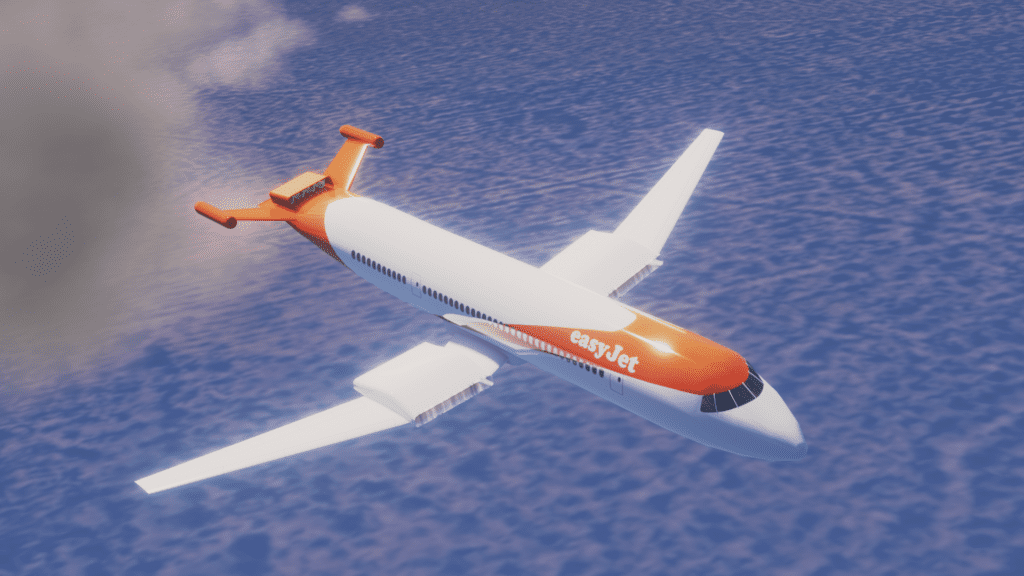
Wright Electric is beginning development of a 1.5-megaWatt motor. The startup plans to use about a dozen of these motors to power an all-electric airliner. (Wright Electric)
Wright Electric has begun its engine development program for its flagship 186-seat electric aircraft, targeting ground tests of its motor in 2021, flight tests in 2023 and entry into service in 2030.
Designs haven’t been finalized, but the Wright 1 airliner will use distributed electric propulsion, powered by about a dozen of the 1.5-megaWatt motors the company is now beginning to design and test, according to CEO Jeffrey Engler. Wright will also develop a 3kV inverter, forming the basis of its aircraft’s powerplant.
“It’s a distributed electric propulsion system, similar to that, for example, of eVTOL companies. If you think of a typical Boeing 737 or [Airbus] A320, it’s got one engine underneath each wing,” Engler told Avionics International. “Ours is going to be a distributed span of between 10 and 14 electric motors. And so what we’re announcing is the development of this is essentially one of these electric motors that then will be duplicated to make our distributed electric propulsion system.”
Low-cost European airline EasyJet partnered with Wright Electric in 2017, stating that an electric jet with a 300-mile range could potentially serve a number of domestic and international routes on its network.
“This is another crucial step for our partner Wright Electric to move towards the introduction of commercial electric aircraft and it is exciting to see their ambitious timeline for testing and entry into service,” said EasyJet CEO Johan Lundgren. “Battery technology is advancing at pace with numerous US government agencies now funding research into electric aviation– all of these developments help us to more clearly see a future of more sustainable operations.”
Wright Electric is in talks with BAE Systems to assist with the development of the aircraft’s flight controls and energy management systems, though not the propulsion system; Engler’s team has chosen to take that on in-house.
“We made a strategic decision to do that in house. That doesn’t mean that we won’t have partners that we work on that with, but we won’t completely outsource it the way that [airplane OEMs such as Boeing and Airbus] don’t also make engines, they outsource that completely,” Engler said. “We expect to be more vertically integrated than that. When you have a transformative new industry, you often need more vertical integration than you would if an industry is more mature.”
In addition to EasyJet, Wright is working with Latin America airline VivaAerobus as a potential customer and airport operator Jetex on ground infrastructure requirements. Jetex is also an investor, according to Pitchbook.
Wright Electric hasn’t disclosed its fundraising activities, but it has received a grant from Harvard University and went through the YCombinator startup accelerator in winter 2017. Engler told Avionics that the company — which is relocating to Albany, New York — will have more to announce on that front in the next six months.